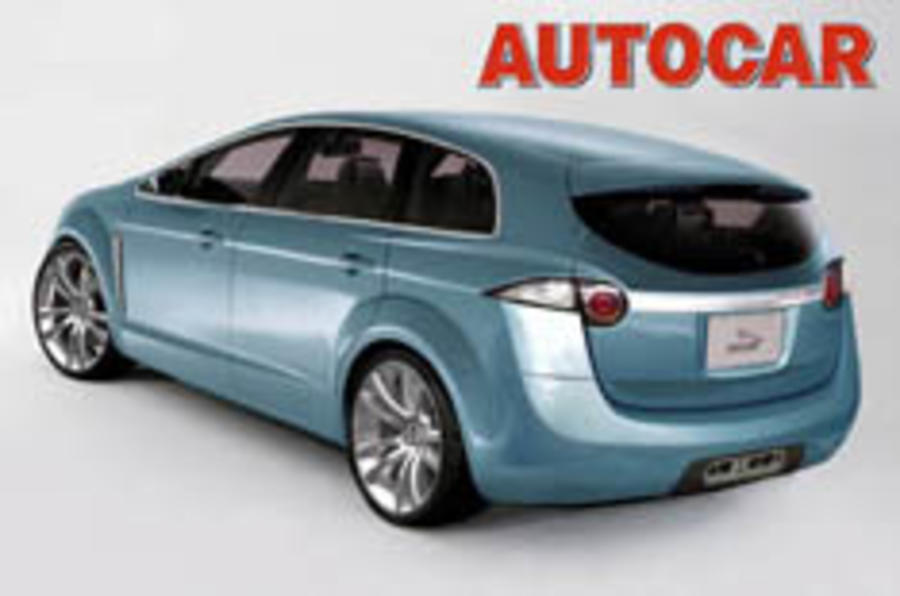Jaguar is poised to give the green light to a shock new high-roof ‘crossover’ 4x4 that could replace the X-type and will be hot competition for the Mercedes R-class and BMW’s recently announced ‘SFC’ vehicle. The company is aware that the global car market – and especially the all-important US market – is seeing a shift towards cars that combine the utility of an MPV with four-wheel-drive and the slick lines of an upmarket estate.Based on conventional car-like monocoque structures, these vehicles also have more car-like ride and handling. Jag bosses realise that they cannot afford to miss another major new car trend after failing to take advantage of the diesel revolution and also missing out on the estate and 4x4 markets.US dealers are crying out for some kind of crossover from Jaguar. Over the past few years Saab’s US dealers were in a similar predicament, with around 40 per cent of customers leaving to buy 4x4s. GM’s answer was to rush out the 9-7X, an American-built off-roader.But this kind of compromise won’t be forced on Jaguar. For once, it is perfectly placed to meet market trends. It has all the components at its disposal to create a spacious, luxurious high-roof four-wheel-drive vehicle – with up to seven seats – and have it on the market by late 2007.
Jaguar boss Joe Greenwell recently admitted that he had asked design chief Ian Callum to look at possible approaches to the ‘crossover’ market. Jaguar is also struggling to make money selling the X-type in the US and knows that a family-oriented crossover would give a much better profit margin.Moreover, the X-type is based on a stand-alone set of components (which increases manufacturing costs) and by late 2007 will be seven years old. The Crossover would be an ideal replacement for the smallest Jag.
The kit of parts Jaguar engineers can draw on is known inside Ford as the EUCD platform, sometimes referred to as ‘C1 Plus’. The first product to be created from EUCD is Ford’s SAV – a car which was revealed earlier this month at the Geneva Show, and which is similar in concept to the new Jaguar. But it also expected to form the basis of future large Volvos (kicking off with the S80), the next Mondeo and Galaxy family, as well as at least two off-roaders.Next year Ford will begin work installing an EUCD production line in Jaguar’s Halewood factory, which will build the new Land Rover Freelander. EUCD is broken up into three main chunks each with their own name, and is the combined effort of Ford, Volvo and Land Rover engineers. Jaguar is perfectly placed to take advantage of the opportunities offered by this clever modular platform.
Jaguar sources have remained tight-lipped but officially Jag says: ‘Jaguar’s advanced design studio evaluates industry trends… which means looking at all areas of the market, including crossovers. However, there are no plans currently in place.’
At the moment, the effort going into the last stages of the new XK programme and the all-new S-type means that Jaguar’s engineers have their hands full. But the urgent need to enter this new market niche and the vast engineering effort being expended by other members of the Ford family means that the Jaguar crossover project could be completed much more quickly than normal. Much of the development work on the various ‘modules’ (such as the four-wheel-drive system) is already underway, if not already complete.






Add your comment